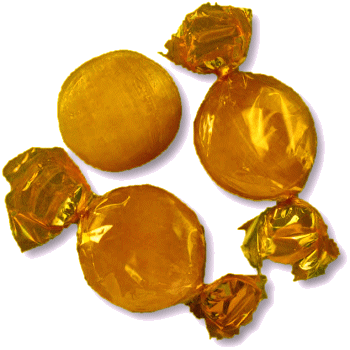




WELCOME TO An Entertainment Site for Scottish Country Dancers - Enjoy the curated selection of theme-related dances for celebrations and holidays, or find a dance associated with a special calendar day, or EVEN your own birthday!
Photo: Joe Burn, Milky Way over Ardvreck Castle
Milky Way Viewing Season
May 10
Other Scottish Country Dances for this Day
Today's Musings, History & Folklore
"Many a night I saw the Pleiads, rising through the mellow shade,
Glitter like a swarm of fireflies tangled in a silver braid."
~ Locksley Hall, Alfred, Lord Tennyson (1809-1892)
Our Milky Way galaxy, often called so from a Greek myth where Hera, the goddess, accidentally sprayed her breast milk across the sky while feeding the infant Heracles, has inspired diverse names across cultures and mythologies. In China, it is known as the "Silver River"; in the Kalahari Desert, it's called the "Backbone of the Night"; in Thailand, it goes by "The Way of the White Elephant"; and in Scottish Gaelic, it's referred to as "Slighe Chlann Uisnich," or "The Path of the Children of Uisneach" from a legend in Celtic mythology involving the tragic tale of Deirdre and the sons of Uisneach. The Milky Way candy bar, which emerged in 1923, drew its name and flavor from a popular malted milk drink of the era, itself named after our galaxy! One of the best places to view the Milky Way in Scotland is Galloway Forest Park, designated as a Dark Sky Park, this area offers some of the darkest skies in the UK, making it an ideal spot for viewing the Milky Way! Until then, traverse the galaxy in jig form in 40 bars with enough wheels and spirals to delight any star gazer! 🌠 🌠 🌌 🔭 🌠 🌠
The Milky Way
This dance was inspired by figures that reminded the devisor of the spiral arms of our galaxy.
The Milky Way has four main spiral arms: the Norma and Cygnus arm, Sagittarius, Scutum-Crux, and Perseus. Out Sun is located in a minor arm, or spur, named the Orion Spur. The galactic disk itself is about 100,000 light years across, and the bar at the center is estimated to be about 27,000 light years long.
The spiral arms are due to the rotation of the galaxy, or rather, the rotation of matter inside the galactic disk around the center.
The Milky Way contains over 200 billion stars, and enough dust and gas to make billions more. More than half the stars found in the Milky Way are older than our 4.5 billion year old sun.
And for more fascinating facts about our own Milky Way, click the artist's rendition (Illustration Credit: R. Hurt (SSC), JPL-Caltech, NASA) of the Milky Way as a barred spiral galaxy which is a shape more recently determined.
Click the dance cribs or description below to link to a printable version of the dance!



